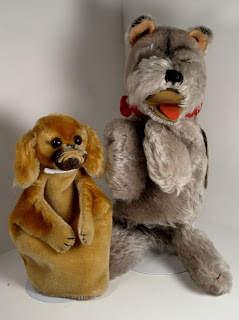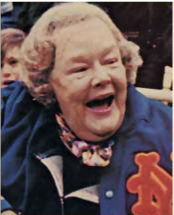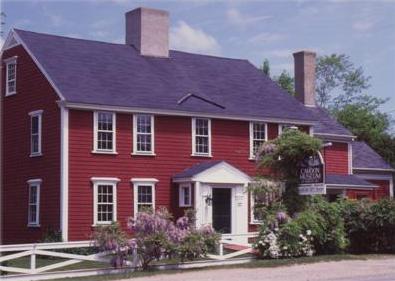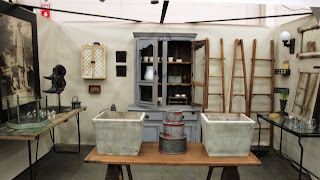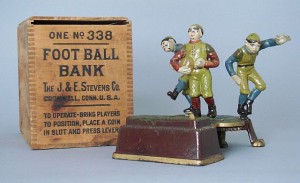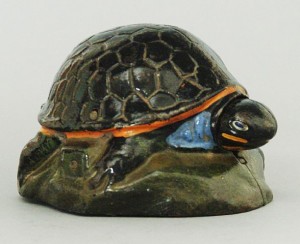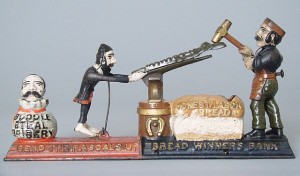Steiff’s very own cover girl!
June 15th, 2010 by adminThere are many great reasons to start a community site. Steiffgal created MySteiffLife so collectors from all over the world would have an online destination to learn and share information about vintage playthings from this remarkable toy company from Germany.
Just found your wonderful blog on the internet. And I am happy that I can clarify the mystery over the name of Revue Susi for you.
Revue was a German people-magazine from 1946 to 1966. Its mascot dog was Susi. But I believe that Susi was a dachshund (as there was a prize winning game, where you could win a sibling of Susi and the dog to be won was a dachshund!).
In the attachment you can see a picture of Susi on the front cover of the magazine.”
Best collector wishes from Germany, Claudia”
Claudia, on behalf of all the Steifflife readers, many thanks for this wonderful information on Revue Susi and the delightful magazine cover showing her probable namesake! What an interesting story! Steiffgal is certain that everyone would agree that this photogenic pup certainly lives up to her the covergirl (Steiffgal means cover dog!) legacy.
Do you know any Steiff insights you would like to share? Send them to Steiffgal at Steifflife@gmail.com so she can share them here with our wonderful growing community of Steiff collectors.
Have a question about one of your Steiff treasures? Let’s talk! Click here to learn more.









